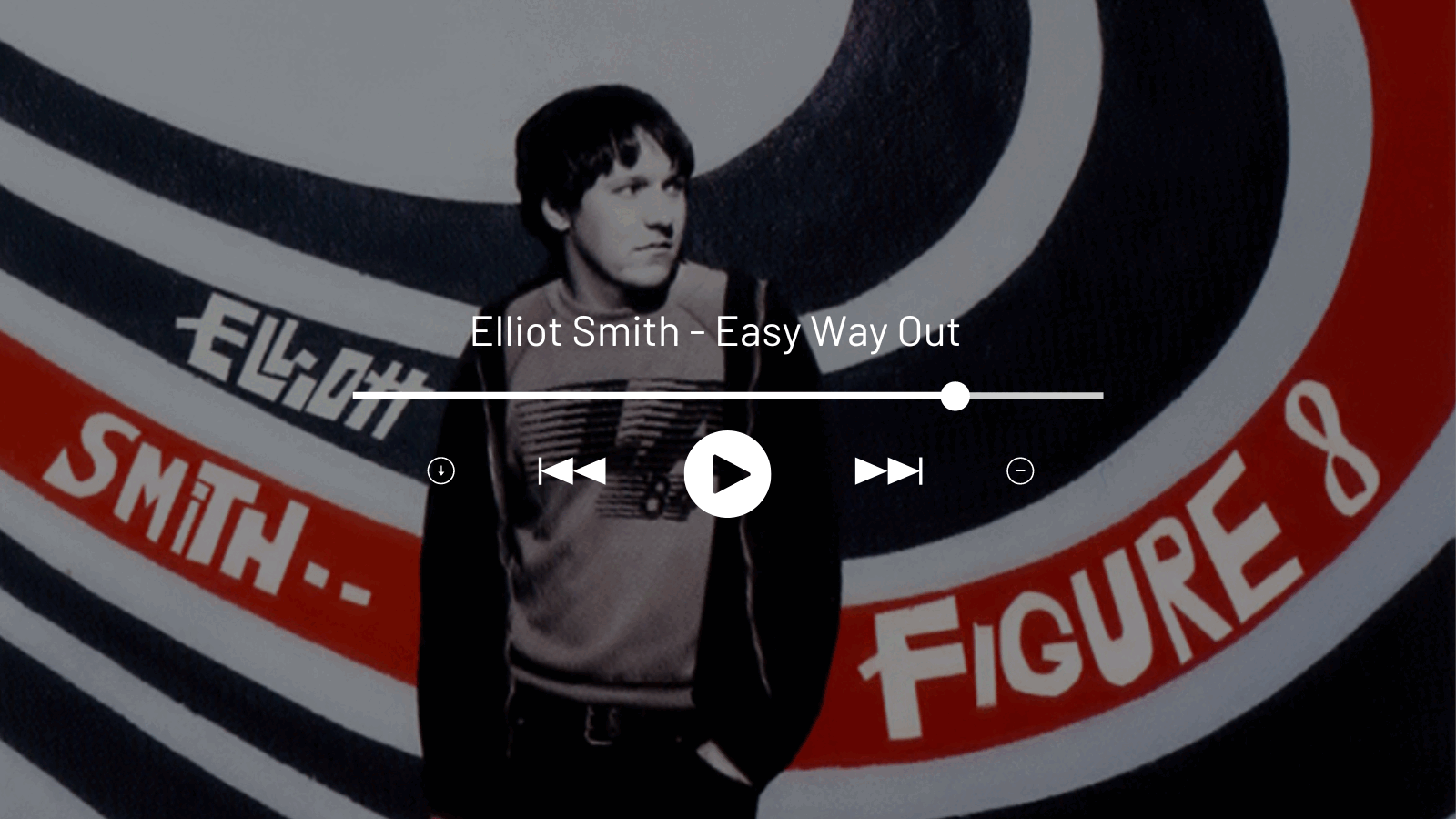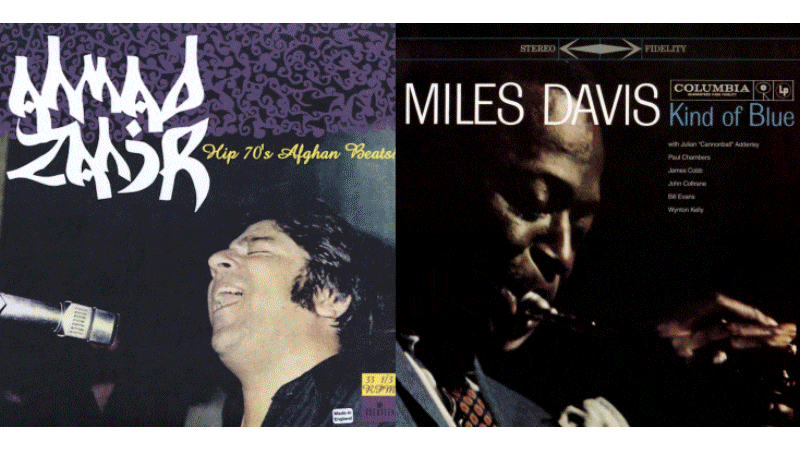Douglas Stuart On The Powerful Images That Inspired Shuggie Bain
Douglas Stuart is the author of Shuggie Bain, Service95 Book Club’s first Monthly Read. The novel follows a young boy growing up in poverty in 1980s Glasgow. Here, Stuart shares a personally curated set of images that inspired the book, representing the defiance, resilience and pride of often-overlooked working-class communities.
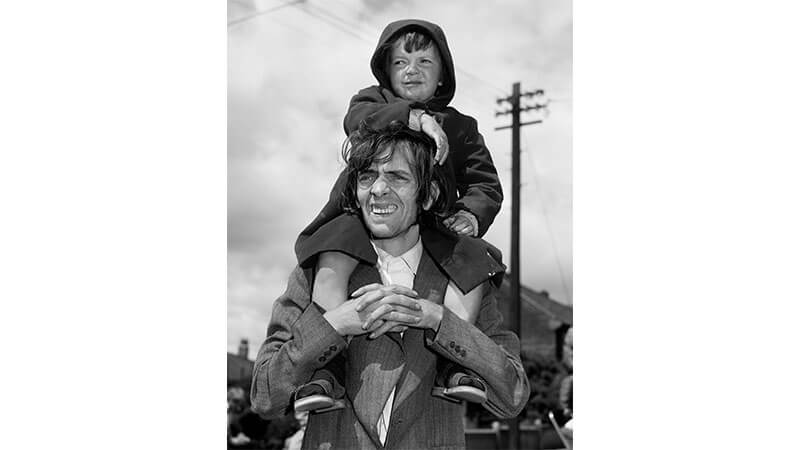
Before I became a writer I worked in fashion for 20 years, and ever since I have turned to photography to inspire me. And so, at the start of the writing process, I gather as many photographs as I can, as well as clippings of fabric or buttons – anything that evokes the time and place I’m writing about – to help me create the mood. I chose this particular collection of photos because they are really close to my heart and central to the writing of my novels.
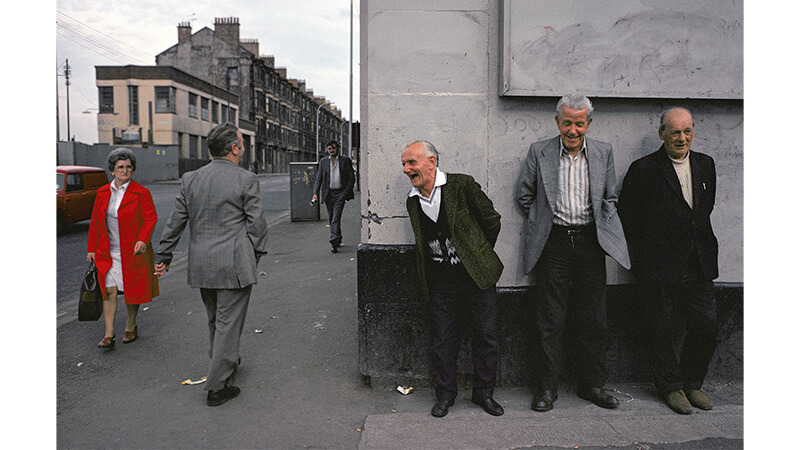
They capture working-class communities in Glasgow and the North of England that were often overlooked by traditional photojournalism. In fact, two of them were the result of an assignment where The Sunday Times newspaper sent French photographer Raymond Depardon to Glasgow to show how modern it was, and how much progress had come with the city’s new housing schemes. What he found were ordinary people living on the margins and clinging to life in a city that was coming apart quite rapidly.
The boy with the pink bubble gum is Shuggie for me. I love how audacious that pink bubble is – bubble gum was the only pink thing boys were allowed so it’s kind of special. The image was taken next to the Govan shipyards [a major employer in Glasgow in the 1970s and 1980s] and you see the looming crush of industry that will catch all young boys in the city. You’ve got childish things such as drawn-on goalposts, right up against the biggest shipyards in the city. Childhood leads directly into manhood; they’re very close together, which is something I’ve tried to capture in my writing.
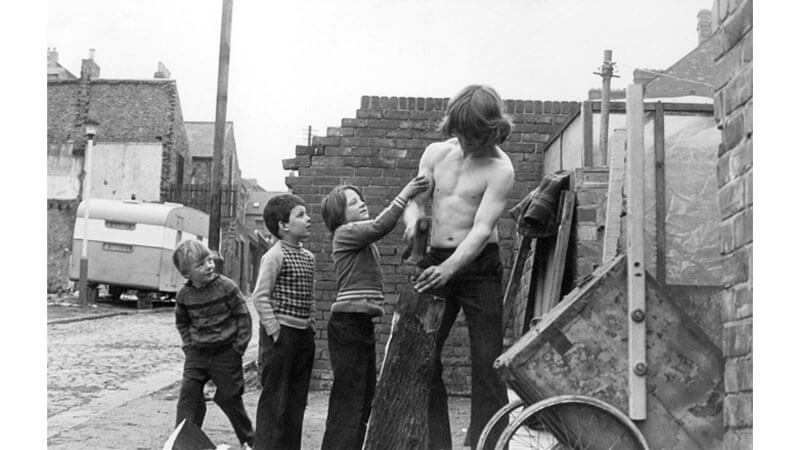
In these images, I see people united by class. We don’t often record working-class lives, so images like this that feel unvarnished and very true are such powerful records. I feel like I know all the people. I feel a deep personal connection with the subjects in a way I don’t with all photography.

There’s a sense of time passing – of decay and hope and clinging on and ultimately, strength. I like the resilience in these images; the joy of the girl on the car; the men laughing on the street corner. I like the spirit of defiance. The girl is so free and joyful, just like those men. I really respect that. I also love the enormous pride of the woman in the red coat. That’s the sort of pride I tried to capture with Shuggie’s grandmother Lizzie. You might not have very much, but you would never go out the front door without your hair being set, and your best coat on.
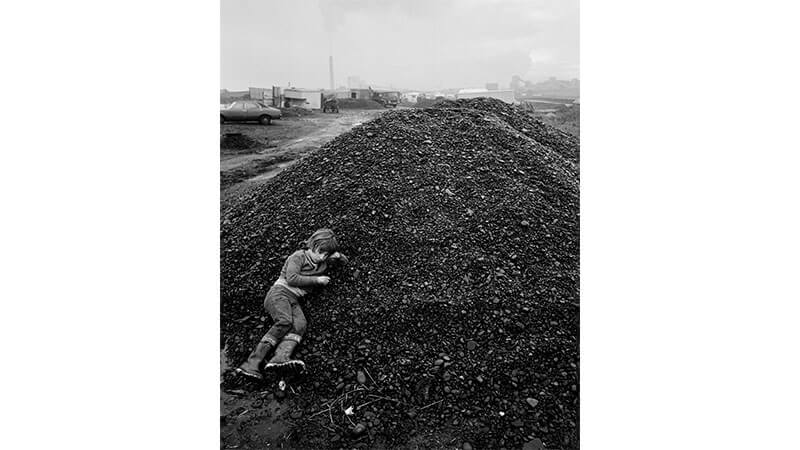
These photographs are so powerful for me because they don’t flinch. As a kid who grew up in poverty, I was taught to feel very proud of being working class, but also a deep sense of shame around poverty. Whether you come from Appalachia or Pittsburgh or Paris, society doesn’t want to look at real people struggling. And what I love about these images is that you can’t turn away from them because they have so much charisma. There’s so much pride. They heal a lot of things inside me.


